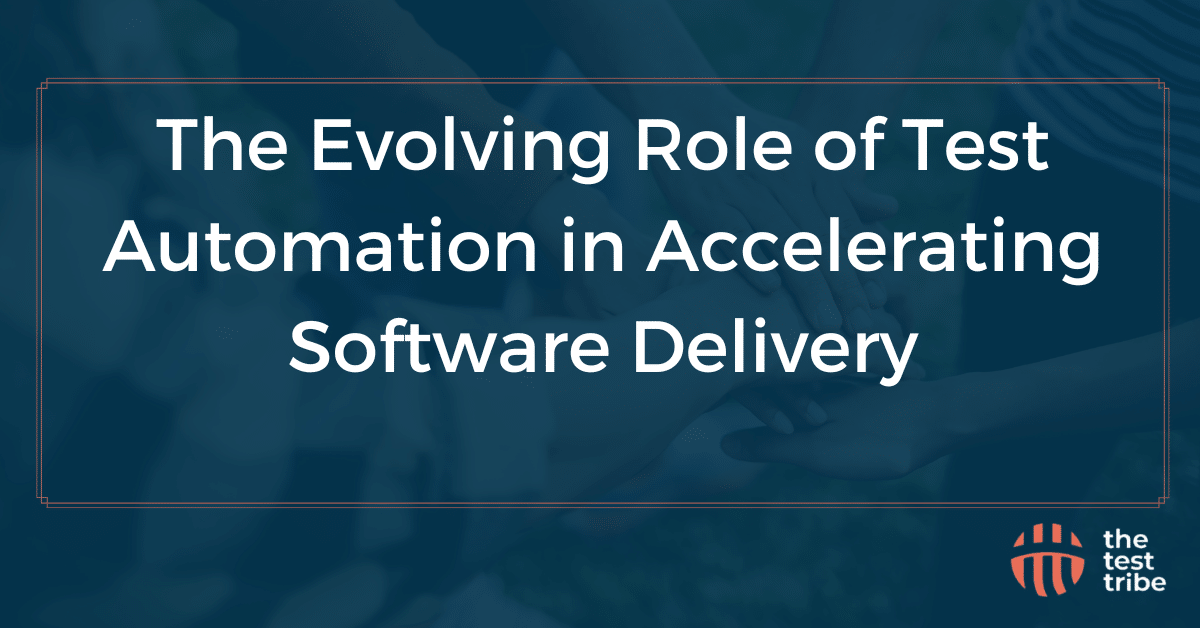Software quality today is not the responsibility of just one team-it’s a shared mission
across development, QA, product, and operations. As systems grow more complex and
software delivery cycles shrink, test automation has moved from being a luxury to an
operational necessity.
But adopting automation tools isn’t enough. To truly unlock value, organizations must align
their automation efforts with business priorities, break down silos between teams, and
embed testing deep into the development lifecycle. This article explores how modern teams
can reframe test automation to deliver faster, with higher confidence and long-term quality in
mind.
Why Test Automation Matters
When planned and executed strategically, test automation delivers several compounding
benefits:
● Early issue detection through shift-left practices
● Reduction of repetitive manual testing cycles
● Faster feedback loops within CI/CD pipelines
● Increased confidence in frequent deployments
● Expanded test coverage across platforms and interfaces
These advantages are not just technical wins—they’re enablers of business agility. Teams
that treat testing as a bottleneck often struggle to meet modern expectations for speed and
quality. Automation, when integrated thoughtfully, helps break that barrier.
Common Challenges in Automation Journeys
Despite its promise, many teams encounter common roadblocks when scaling automation:
- Undefined Scope or Objectives
Many initiatives begin without clear goals—what to automate, why, and what success looks
like. This leads to fragmented efforts and limited ROI.
- High Maintenance Burden
Test cases—especially UI and end-to-end tests—can become brittle. Frequent changes in
the application often break automated tests, eroding trust and slowing delivery.
- Lack of Cross-Functional Collaboration
When automation is isolated within QA teams, it loses relevance and effectiveness.
Development, QA, and product stakeholders need shared visibility and alignment.
- Tool Overload
Some teams implement multiple frameworks without a unifying strategy. This adds
complexity and slows down onboarding, debugging, and maintenance.
Building Smarter Automation Strategies
To move beyond these challenges and make automation truly effective, organizations
should consider these strategies:
- Focus on High-Impact Test Flows
Start with automating critical user journeys and high-risk areas. This ensures early wins and
measurable business value. - Adopt Behavior-Based Testing
Frameworks that support collaboration between technical and non-technical team
members—such as behavior-driven development (BDD)—promote shared understanding
and reduce gaps in requirements. - Use Accessible Automation Approaches
Simplified or no-code interfaces lower the barrier for product managers, developers, and
testers to contribute to automation without deep coding expertise. - Automate Test Data Management
Tests are only as stable as the data they rely on. Managing synthetic or sanitized test data
pipelines reduces flakiness and increases repeatability. - Apply AI and Smart Algorithms
Modern solutions are incorporating AI to improve locator resilience, detect visual
regressions, and prioritize test cases based on risk or code change impact.
Trends Redefining Automation
The future of testing is not just about writing test cases—it’s about building intelligent,
scalable systems that support rapid iteration. Emerging trends include:
● AI-augmented testing and failure prediction
● Visual testing to catch UI regressions early
● No-code and low-code test creation
● Integrated, cloud-based cross-browser and device testing
● Dashboards and schedulers that enable smarter orchestration and decision-making
These shifts are helping teams shift from reactive testing to proactive quality engineering.
Final Thoughts
Test automation, when approached strategically, can transform how organizations deliver
software. It’s not a one-time project, but a mindset—an investment in speed, stability, and
continuous improvement. By aligning automation with real business needs, empowering
cross-functional ownership, and leveraging modern technologies, teams can build a culture
where quality accelerates innovation instead of slowing it down.





